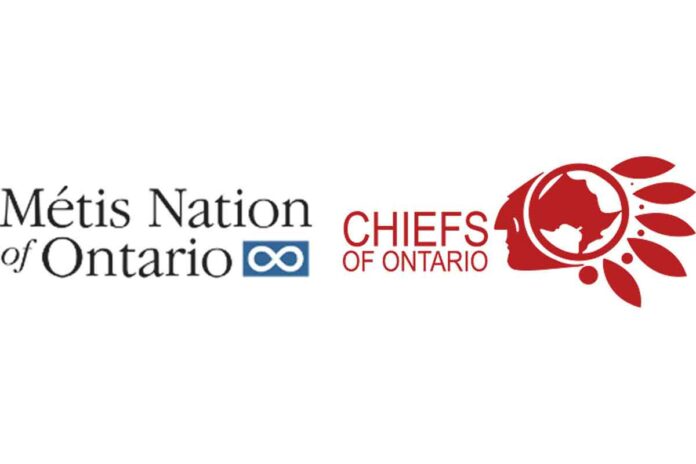The Paws for Thought column has been rather quiet of late. However, as with the fading of winter and onset of spring, there will be revival. The column will begin a monthly insight on veterinary medicine as it applies to four legged beasts (and spillover to their two legged guardians), but with an herbal twist. My focus is to demonstrate how medicine is all around us for all creatures great and small, and how important nature is to all of we living beings as it heals in so many ways.
Much of my learnings and insights are based on historical and current facts and evidence. I wish to share this knowledge with you. In a monthly series, I will showcase common Western herbs and how one may use these in a practical fashion. The growing season is upon us—let us nurture nature and let it grow.
Herbal medicine may well be our oldest medicine for animals. Some of the earliest evidence for medical treatments comes from China, where the first mention of diseases as well as surgical treatments of the horse appear in writings from the Shang Dynasty (16th to 11th century B.C.), and remains of common herbs from that era have been found. Herbal medicine also has origins in Ancient Greece studied by the philosophers and physicians of that time, such as Hippocrates. It also extends further back in history to India and in the origins of Ayurvedic medicine, which may be even older than traditional Chinese medicine and perhaps inspired Chinese medicine.
Today, modern herbalism draws from several sources, including the writings of the Ancient Greeks, Ayurvedic and traditional Chinese medicines and the many references on PubMed, an online biomedical literature search engine. Veterinarians use herbs as a complement to conventional practice. While modern pharmacology research has given us great choices for treating infections, pain and other problems we now have an epidemic of chronic diseases untouched by these drugs. Chronic problems are a major indication for treatment with herbs.
Herbs are different from drugs. Not only might they contain more than one pharmacologically active substance, but they also contain nutritional elements such as vitamins, minerals, amino acids, enzymes and sugars. Another difference is that herbs are usually prescribed in combination, as opposed to single herbs. The idea is to increase the therapeutic activity of the prescription by finding more than one active constituent, and sometimes more than one mechanism of action, to get the desired response from a patient.
Herbs are defined as any plant with leaves, seeds or flowers used for flavouring, foods, medicine or perfume. Herbal preparations are the basis for herbal medicines and parts of the plant or the whole plant can include crushed, powdered, extracted or made into tinctures. They can also be steeped or infused, ie. teas.
So, as we begin to sow seeds for the new season, consider some herbs to plant in your garden for your medicine tool bag. Some upcoming herbs that I will discuss include calendula, chamomile, nettle, fennel, echinacea, marshmallow, comfrey and garlic to get started. Their uses and preparations and mode of application will be discussed.
I leave you with a paragraph from Michael Pollan’s ‘Botany of Desire,’ and until next month, happy spring sowing. We can all use a little more ‘herb’ in our lives.
“Plants are nature’s alchemists, expert at transforming water, soil, and sunlight into an array of precious substances, many of them beyond the ability of human beings to conceive, much less manufacture. While we were nailing down consciousness and learning to walk on two feet, they were, by the same process of natural selection, inventing photosynthesis (the astonishing trick of converting sunlight into food) and perfecting organic chemistry. As it turns out, many of the plants’ discoveries in chemistry and physics have served us well. From plants come chemical compounds that nourish and heal and poison and delight the senses, others that rouse and put to sleep and intoxicate, and a few with the astounding power to alter consciousness – even to plant dreams in the brains of awake humans.”





